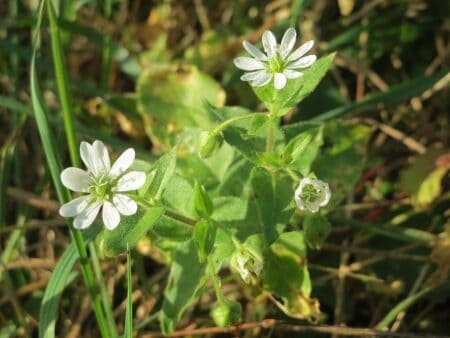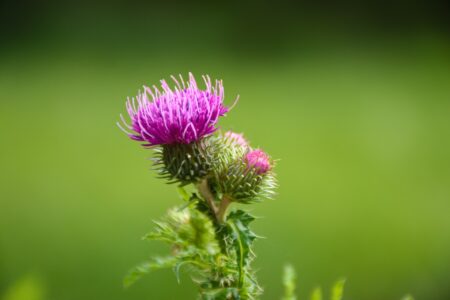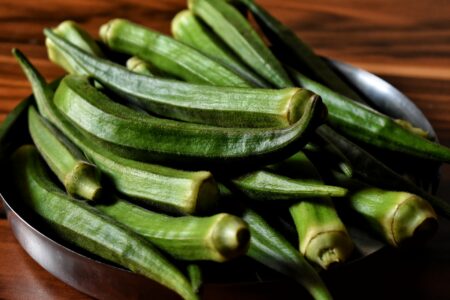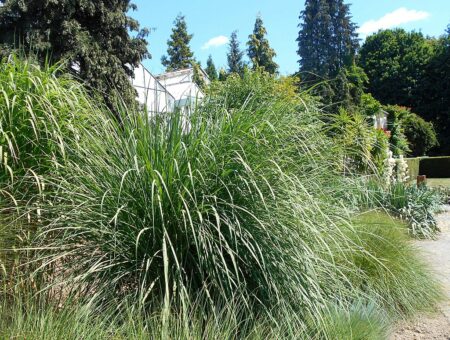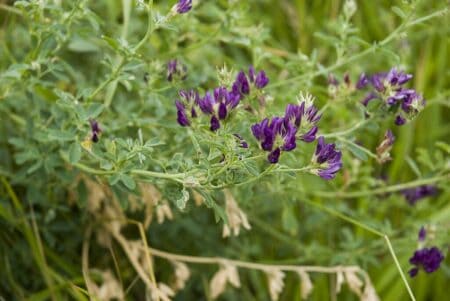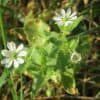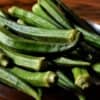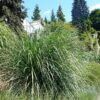The crepe myrtle (Lagerstroemia indica) is a small tree native to Asia, that is found in many gardens all over the world. It is also commonly called the ‘lilac of the south.’
It is often used in landscaping due to its big colorful blooms, which are wonderful to look at. Crepe myrtles provide good looks in every season, especially in the fall when the foliage turns orange and red. Even its peeling bark is easy on the eye!
In this article, we will provide information on crepe myrtle varieties, which can be grown in gardens. There are many colors and sizes to choose from. Larger varieties can be grown as accent trees or hedges, smaller varieties can be grown similarly to small flower bushes or low hedges.
‘Crape’ is more commonly used in North America, and the spelling ‘Crepe’ is more common in Europe. However, in Southern US, it is also called ‘Crepe Myrtle’. Both names can be used synonymously.
Care
Before we start looking at all of the different varieties, it would be smart to know what conditions this magnificent tree requires. Crepe myrtle is relatively low maintenance and is tolerant to pollution, which makes it a very good option for inner city backyards.
Climate
Crepe myrtles are winter hardy in USDA Hardiness zones 6-9, although in zones 6 and 7 this stunning tree may need extra care. It is wise to use mulch around the base of the tree to protect the roots. However, its branches are less cold-hardy than the roots. In colder zones, it is advised to prune the branches back before winter.

Light
Crepe myrtles demand direct sunlight, at least 6 hours per day. Growing it in partial shade is viable, but will not produce its usual amount of blooms.
Watering
It is important to only water the roots of this plant since it is susceptible to powdery mildew. Crepe myrtles require quite a lot of water, especially in dry regions.
Soil & Fertilizer
The ideal soil for crepe myrtle is slightly acidic and well-draining. It can grow in various ranges of pH, but it does not tolerate waterlogged soil. Clay soil is not an option for this tree, it will likely get root rot during periods of heavy rain.
Fertilizing is not necessary, it will induce foliage growth but at the cost of the blooms. If the soil is nutrient deficient, use a slow-release fertilizer, which is mostly nitrogen.
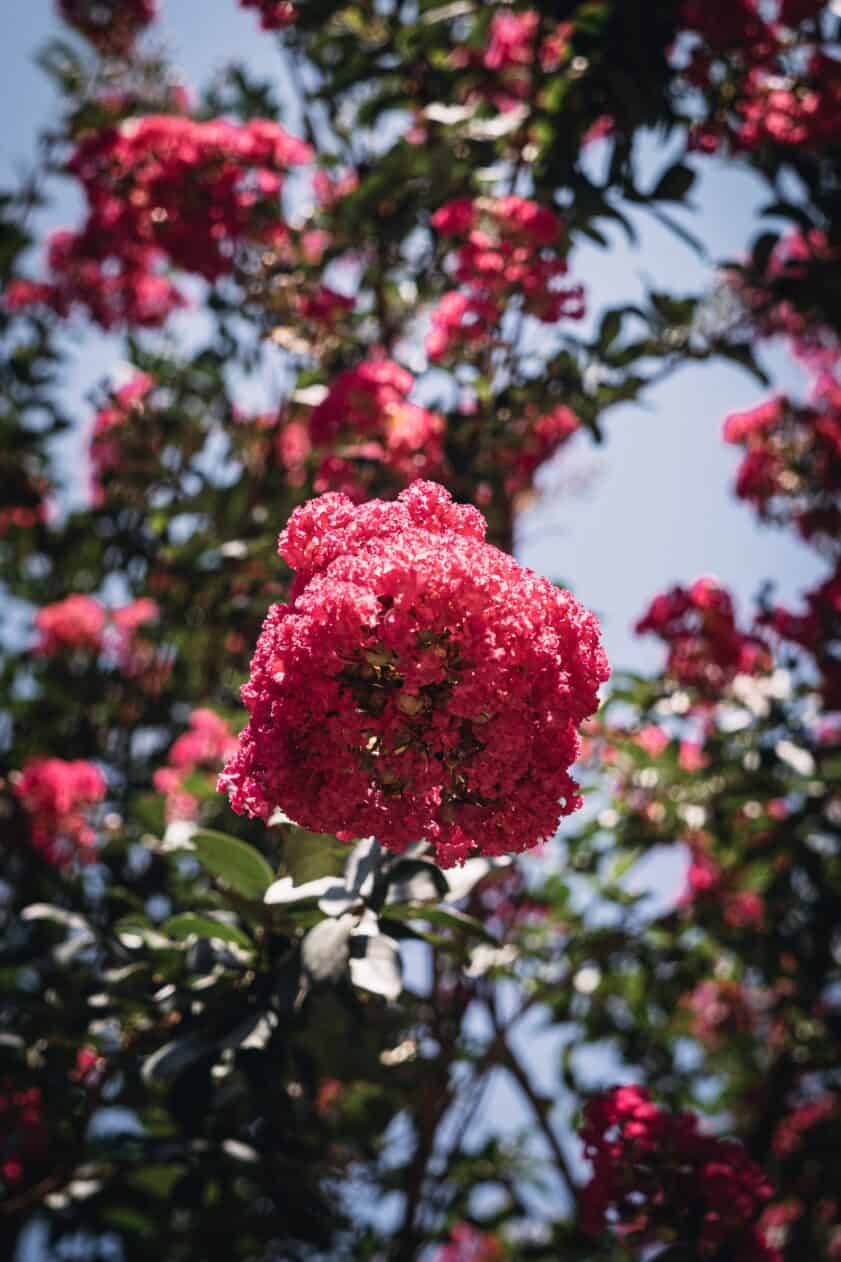
Varieties of Crepe Myrtle
There are a lot of different cultivars of this tree, from 2-3 feet (0.6 – 0.9 meters) tall to 30 feet (10 meters) tall. Crepe myrtle blossoms comes in a myriad of colors – red, pink, purple and white.
Very Small Dwarf Varieties
These cultivars usually only reach 3 feet (0.9 meters) in height and can even be grown in containers. Remember to use containers with drainage holes to prevent waterlogged soil.
#1 Baton Rouge
Bright red blooms, can be used as a house border or a low hedge. Mature Baton Rouge Crepe Myrtle is 3 feet in height and length.
#2 Bourbon Street
Blooms are watermelon red, the mature plant is only 1 or 2 feet in height and branches weep towards the ground.
#3 Pocomoke
Rose pink blooms, weeping cultivar. The mature plant will be 2-3 feet in height and width. This variety is a little more resistant to powdery mildew.

#4 Rosy Carpet
This variety can be used as a ground cover, has rose pink blooms, and reaches only 12-15 inches in height. It’s also heat and drought tolerant!
#5 Sacramento
Long-blooming variety with bright deep red blooms. Perfectly suited for a flower garden or growing in pots. Its foliage will turn red during fall.
Dwarf Varieties
These types are about twice as big as the very small dwarf varieties.
#6 Petite Orchid
Orchid colored blooms, grows upright. Mature height is around 5 feet. Great as a specimen plant or a foundation planting.
#7 Petite Plum
Upright branches, flowers are plum-purple. Mature plant is 5 feet tall and 4 feet wide.
#8 Victor
Can be grown as a small tree or a bushy dwarf. Victor has dark bright red blooms. When pruned it grows more like a bush.
#9 McFadden’s Pinkie Myrtlette
Light pink blooms, but is a slow grower. Its foliage turns yellow in the fall. Can grow up to 5 feet tall in 30 years. This type is highly resistant to powdery mildew.
#10 Chickasaw
Compact with pink-lavender blooms and deep green foliage. Its quite rare, if you manage to get one its perfect to grow in pots or in a flower garden. Its leaves will turn bronze-red in the fall. Good disease resistance.
#11 Velma’s Royal Delight
Upright growth with lush purple blooms. Foliage turns yellow and orange in the fall. Good resistance to powdery mildew.
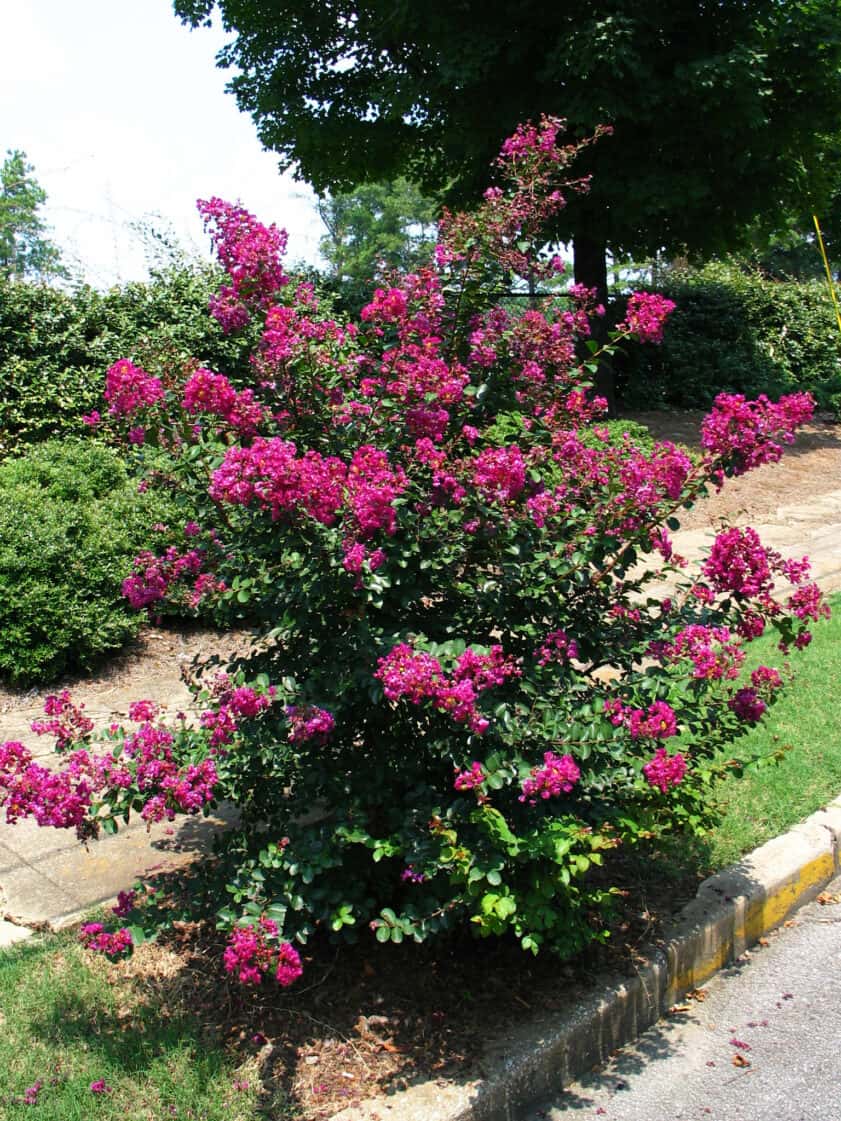
Semi-Dwarf Varieties
Semi-Dwarf Crepe Myrtles are excellent as low hedges or small accent trees.
#11 Acoma Crepe Myrtle
Fast-growing trees with white blooms. Draught resistant once established. Mature Acoma is 8 feet tall and 8 feet wide. Foliage is green with red and orange highlights even in the summer. In the fall, leaves will become fully orange or red.
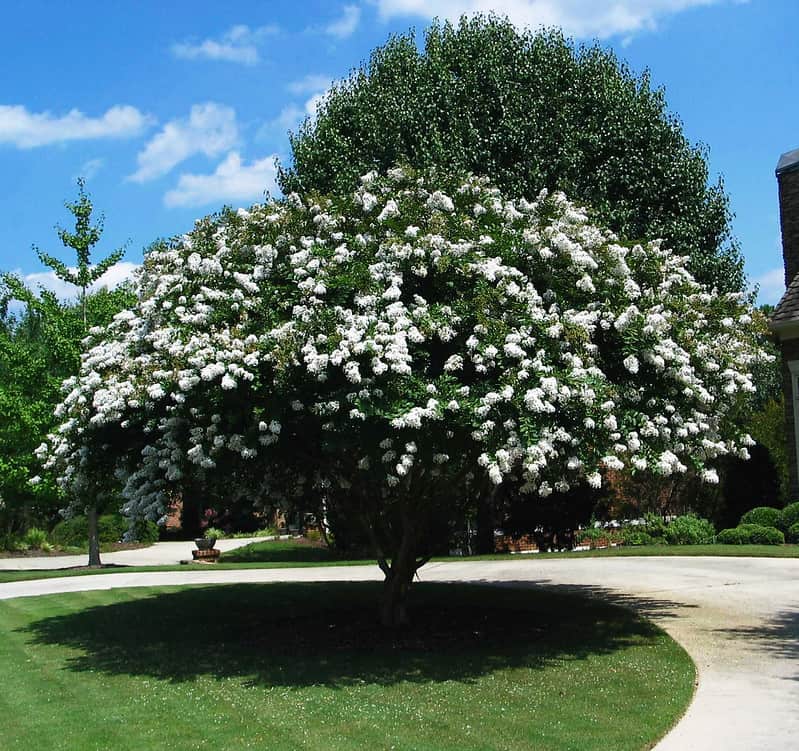
#12 Firebird
Upright dense growth with watermelon red blooms. A mature plant can reach 15 feet in height. Foliage is deep green, which will turn red in the fall. Great as a hedge or accent tree.
#13 Black Diamond
Black Diamond crepe myrtles can grow up to 12 feet in height and 5 feet in width. Its foliage is very dark green, almost black. There are many different cultivars of Black Diamond, each with different colored blooms. They can be red, magenta, white, pink, or purple.
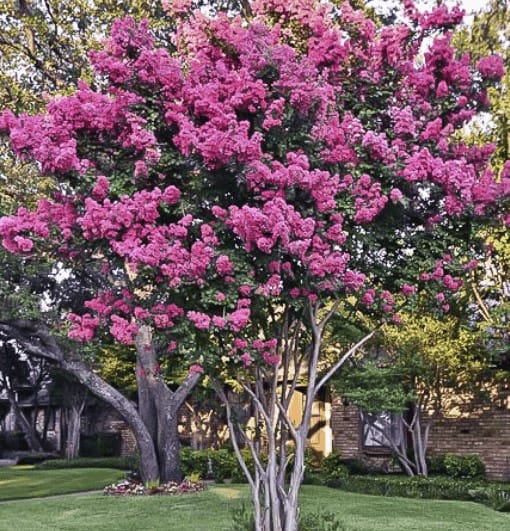
#14 Pink Lace
Upright growth with light pink blooms, mature pink lace can grow 10+ feet in height.
#15 Zuni
Violet blooms with globose growth. Resistant to powdery mildew. Deep green foliage will turn red in the fall. Can grow up to 15 feet in height and can proudly exfoliate its bark.

Summary
Crepe Myrtles are multifunctional plants, larger varieties are excellent accent trees or hedges, while dwarf varieties are a great addition as low hedges, flower gardens, driveway or walkway borders, in containers on a patio, and so on.
There are a ton of varieties available, so you can choose the color of the bloom, the size of the plant, and even the color of the foliage! What a marvelous addition to a garden.


